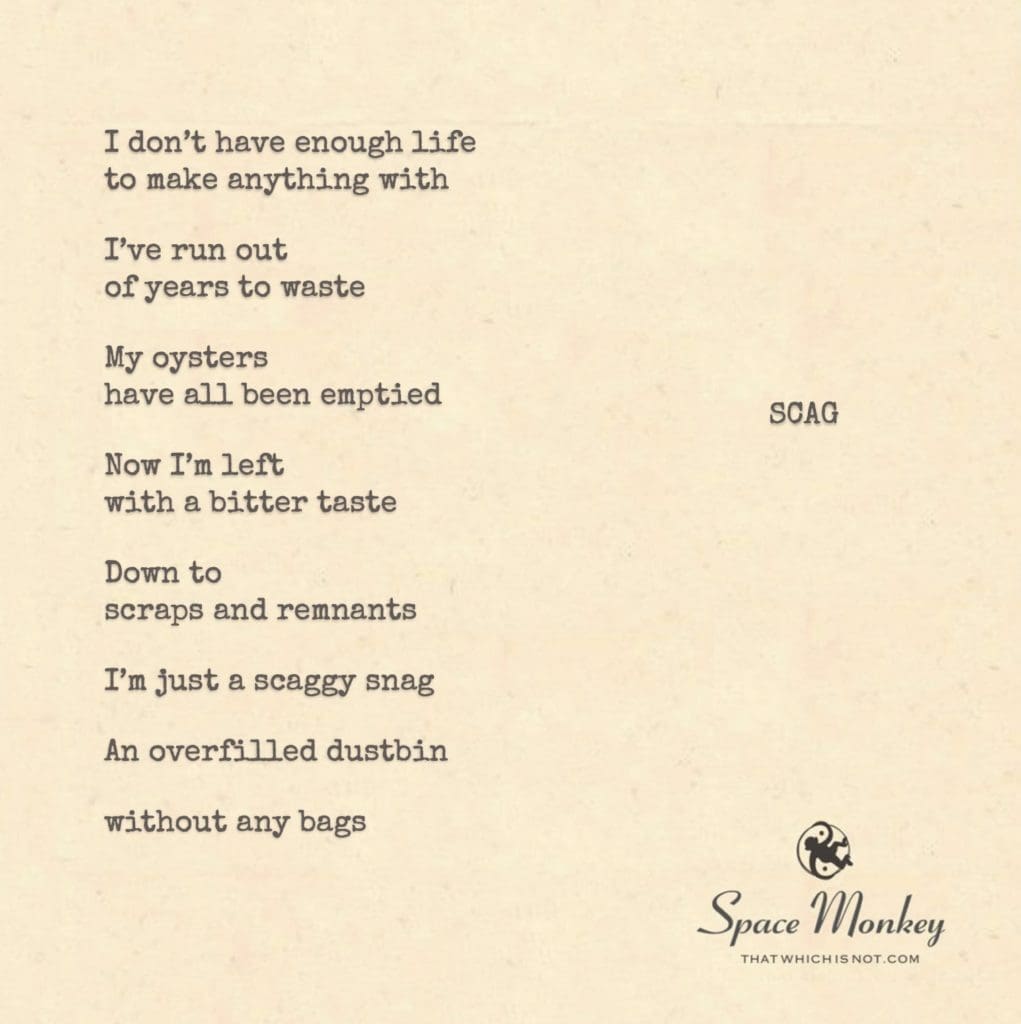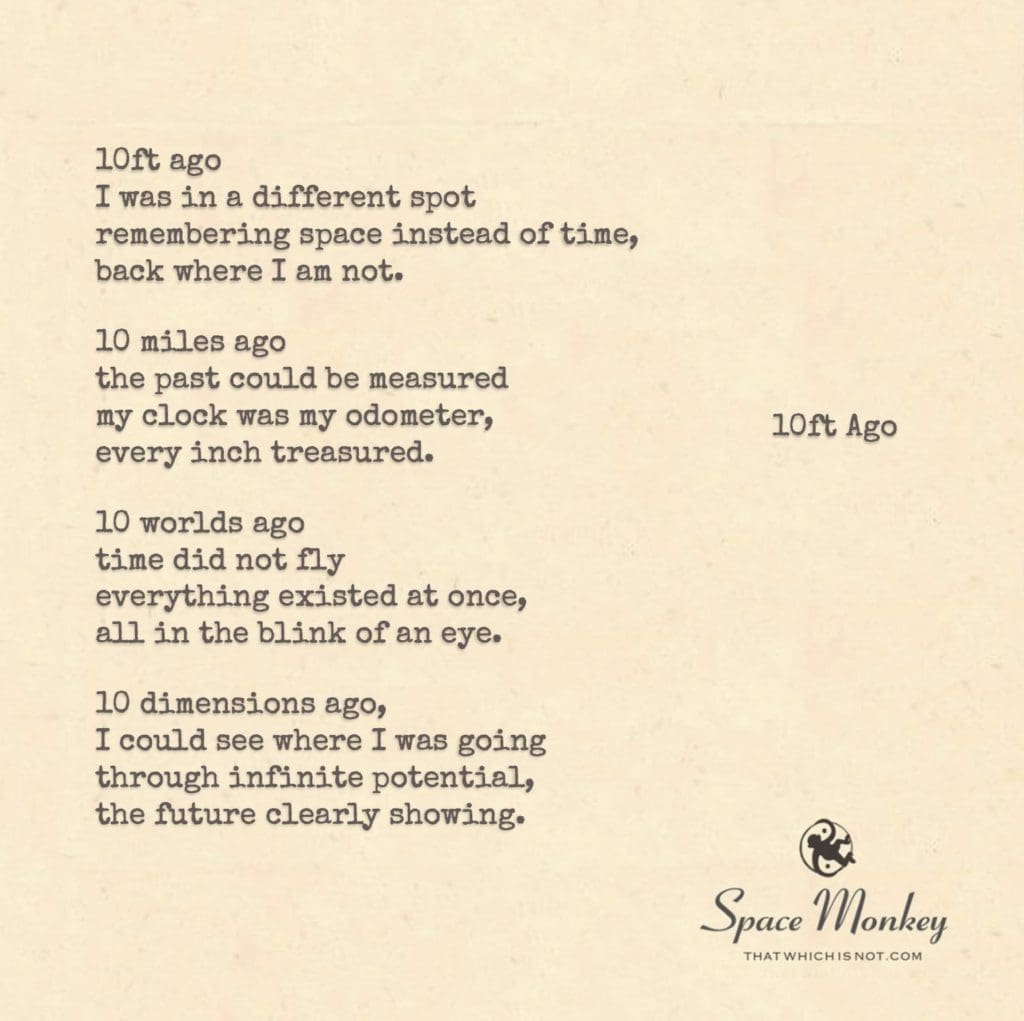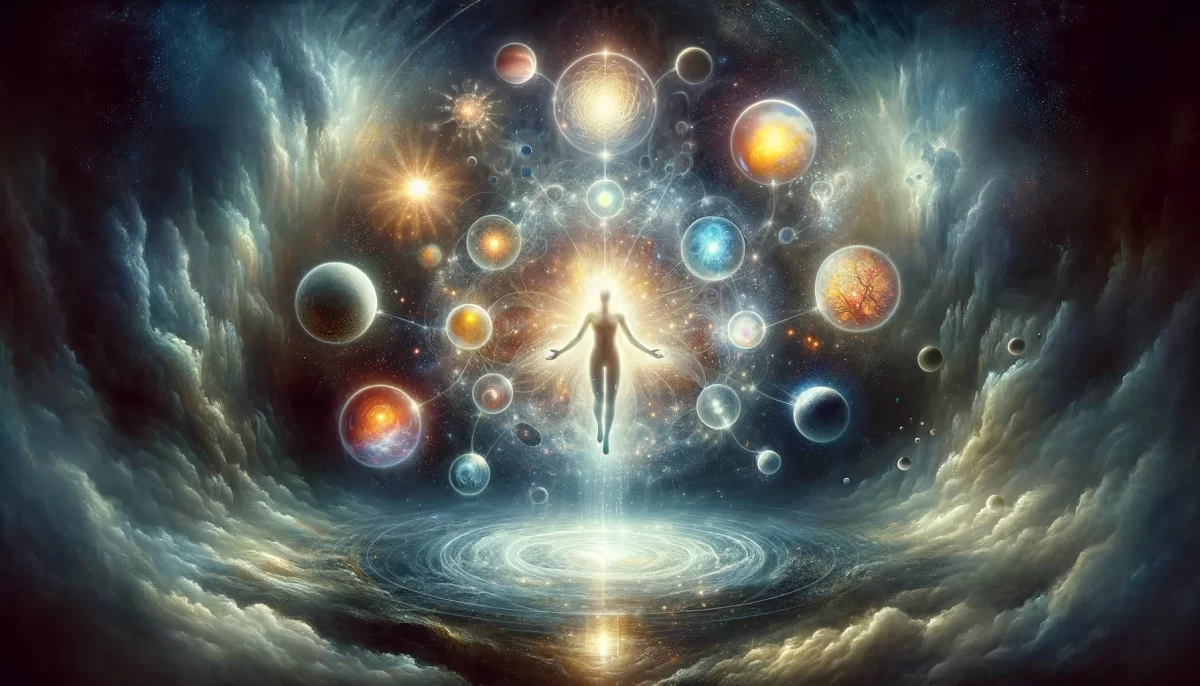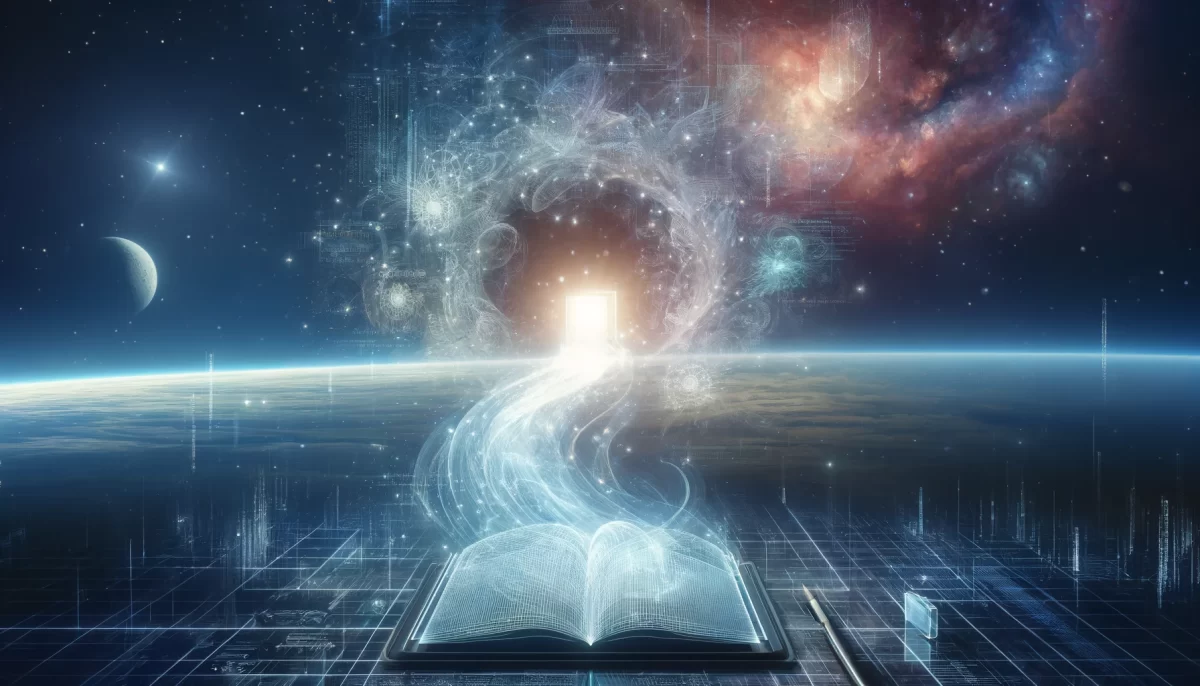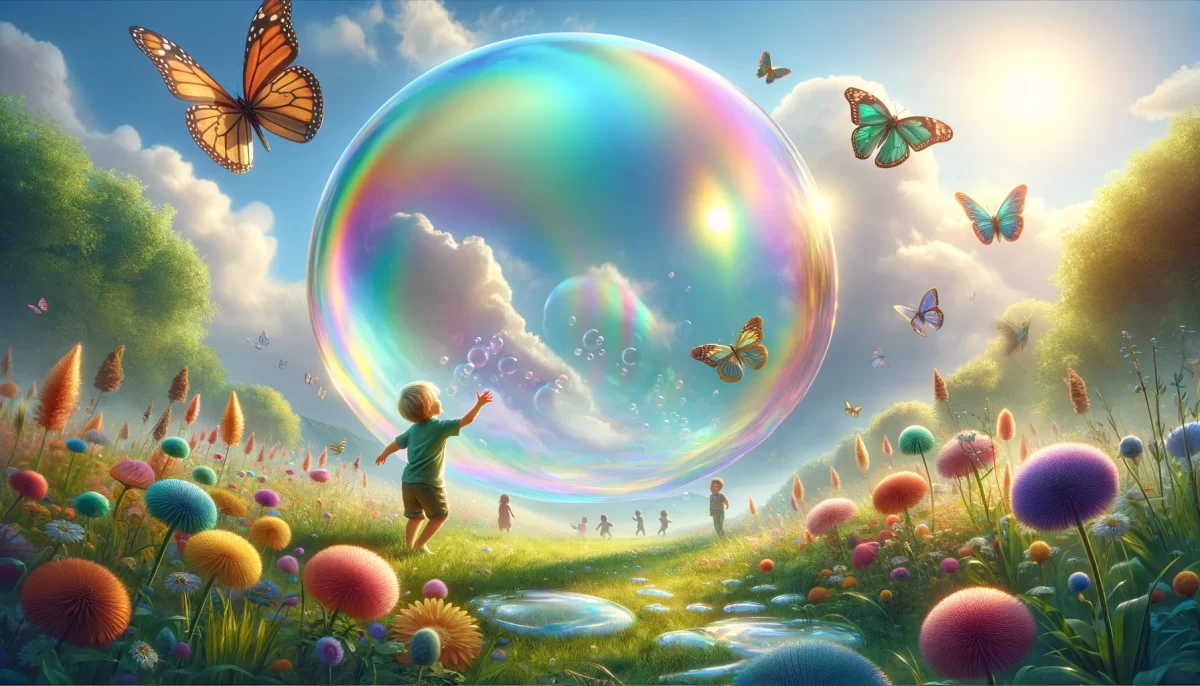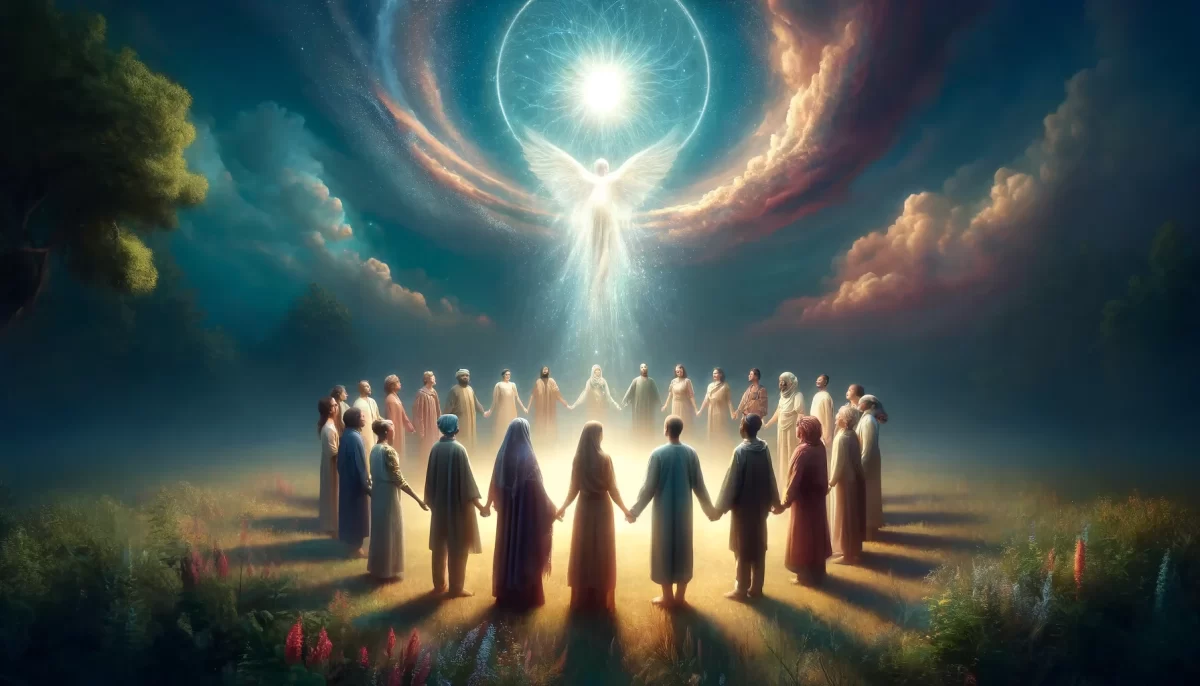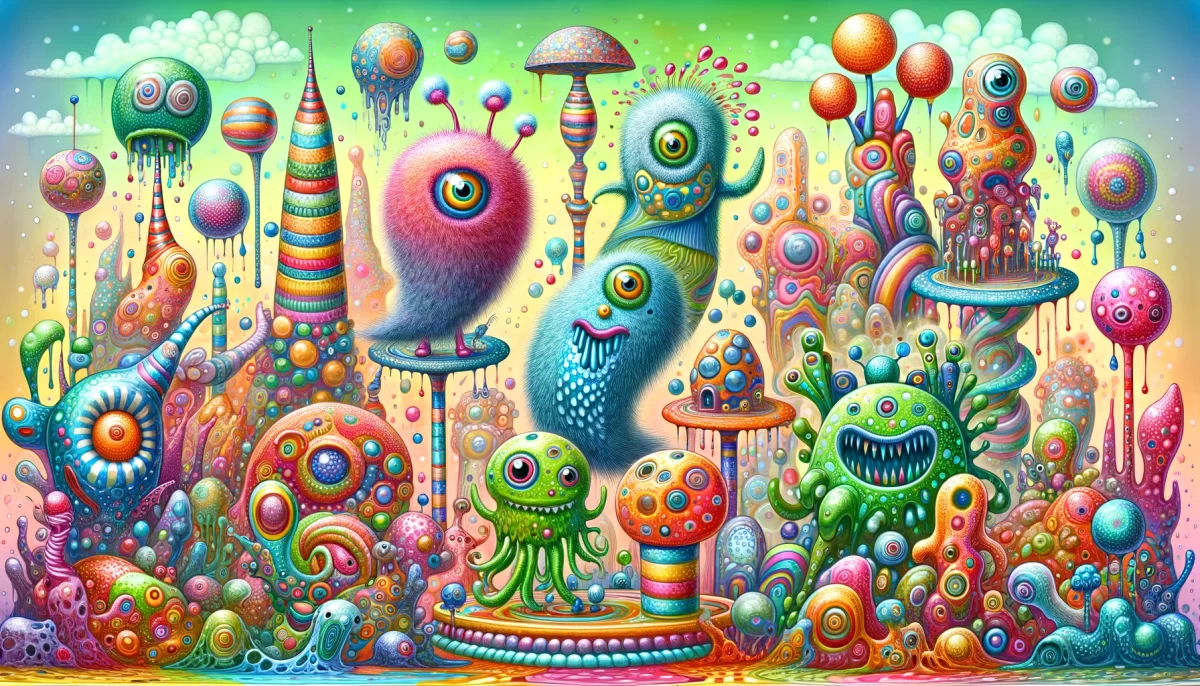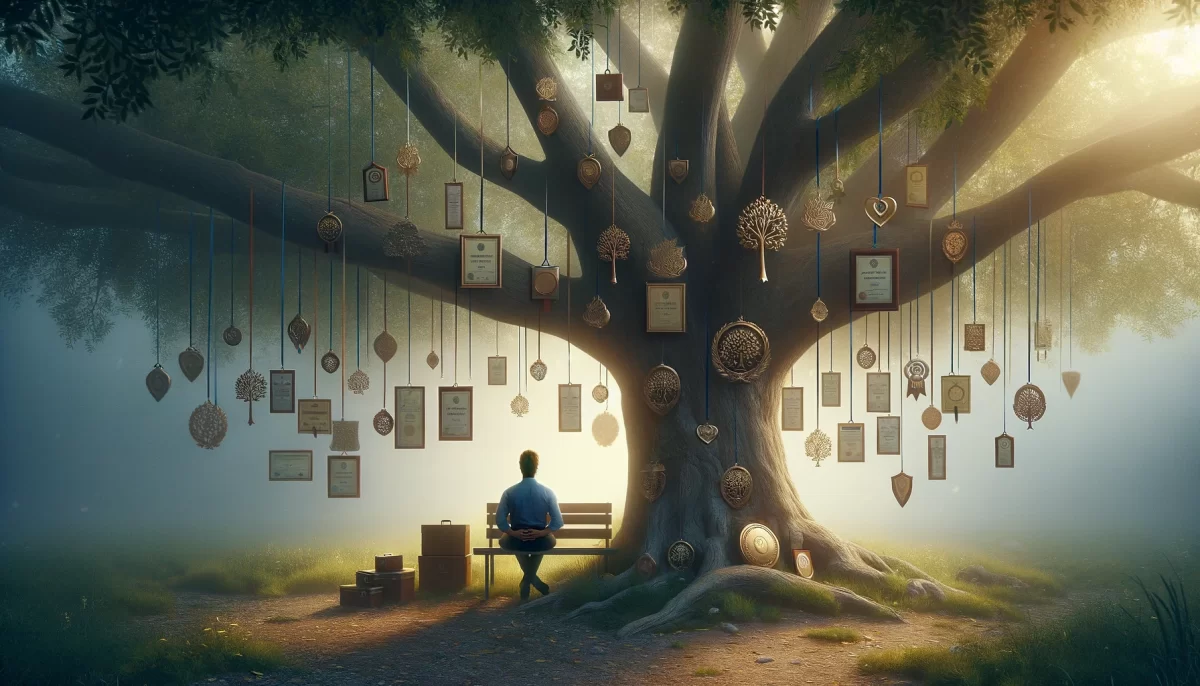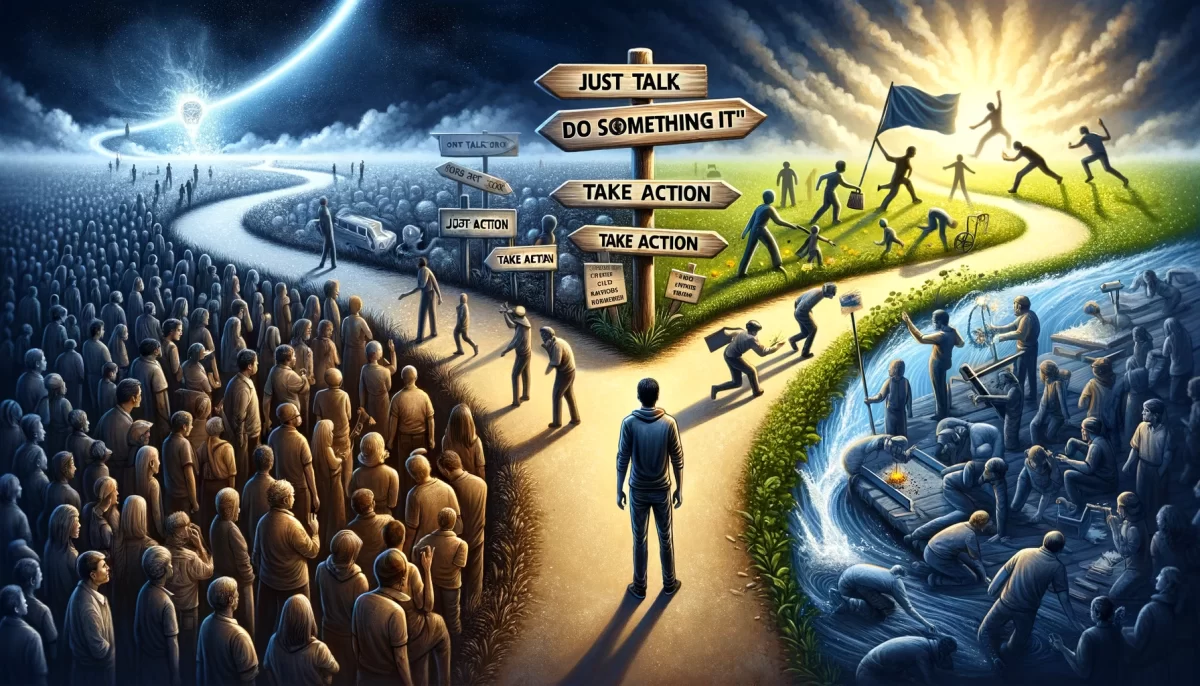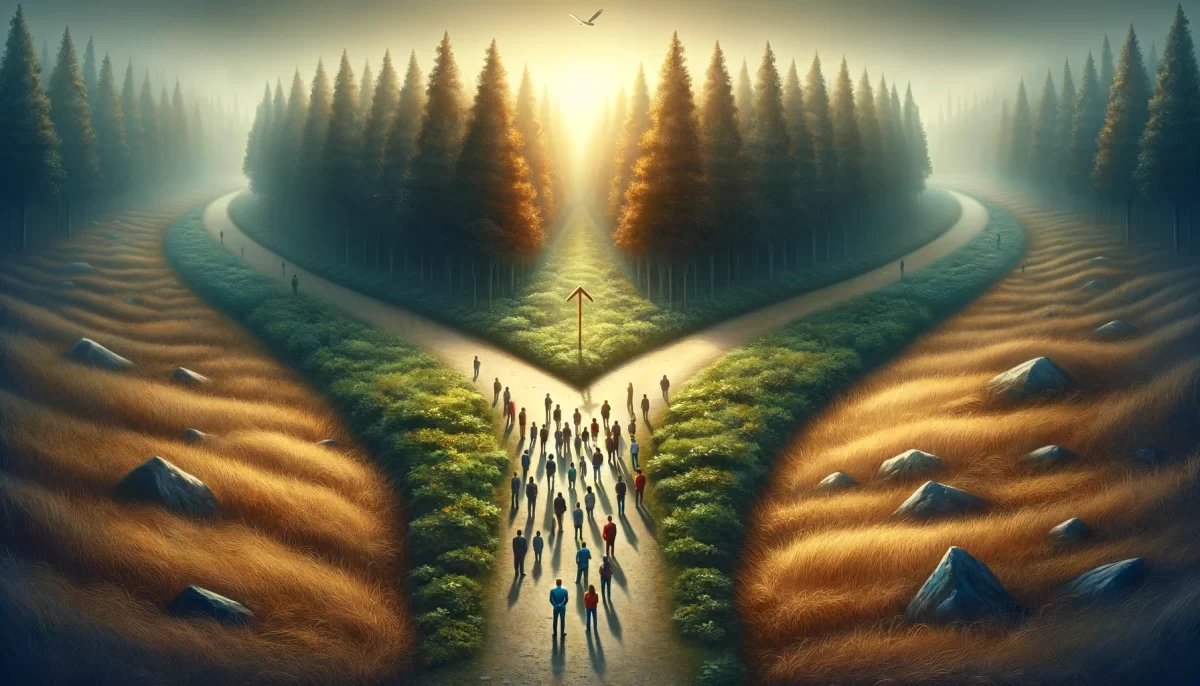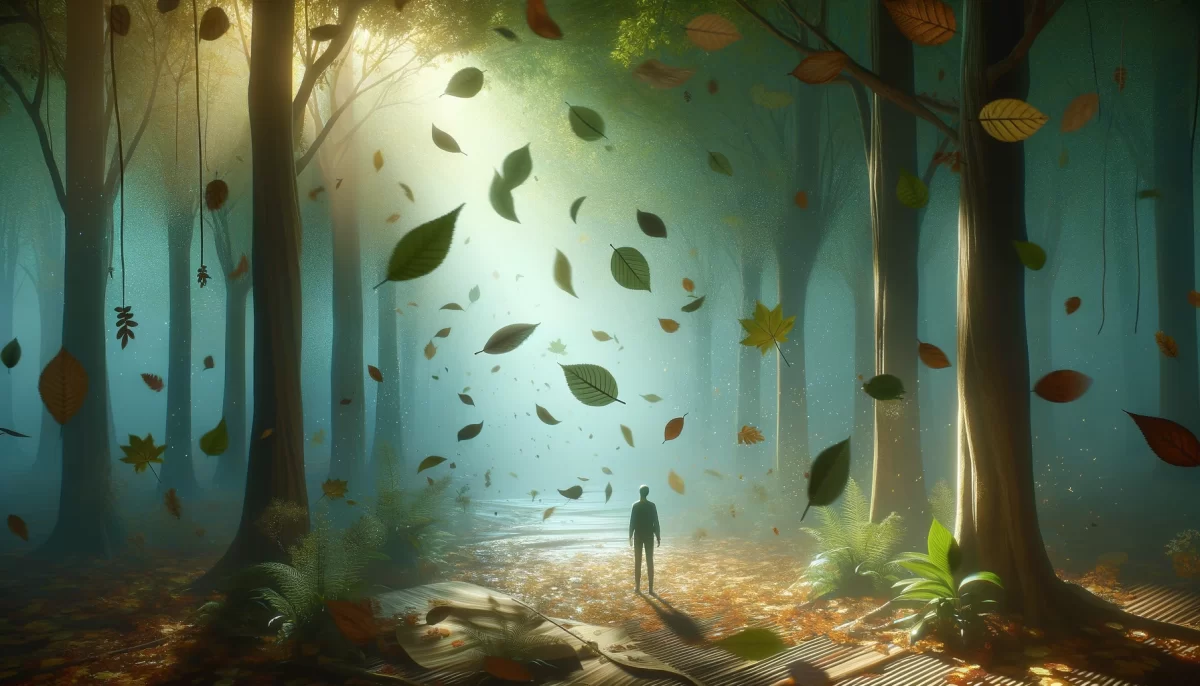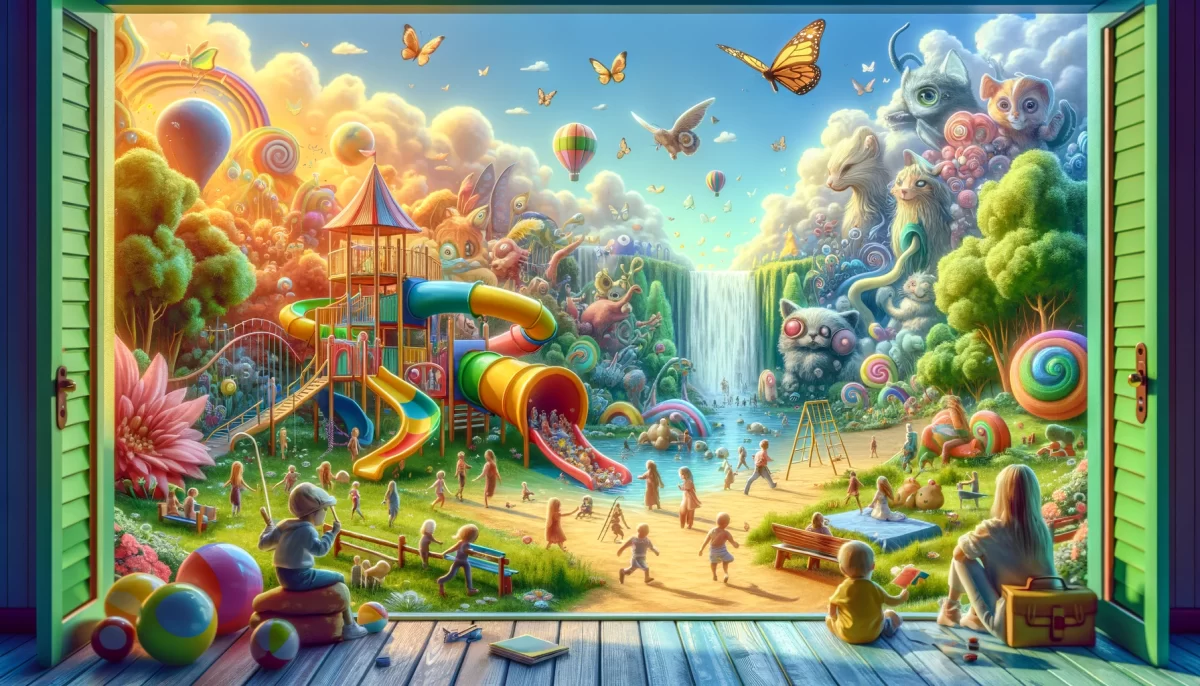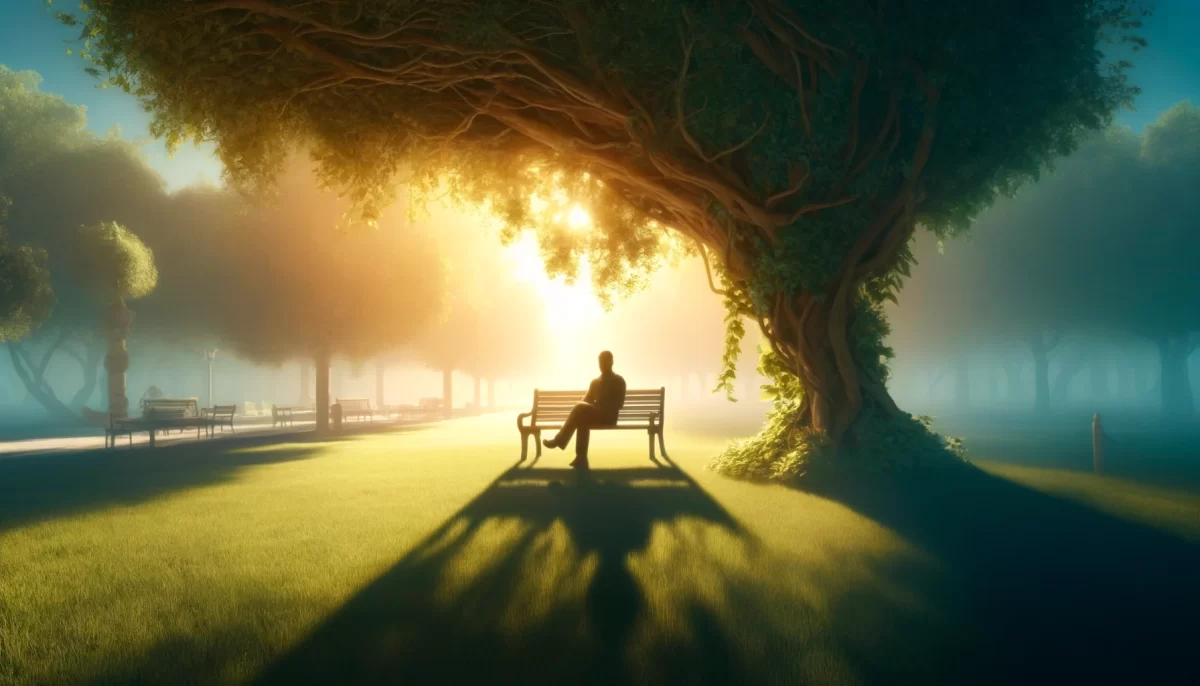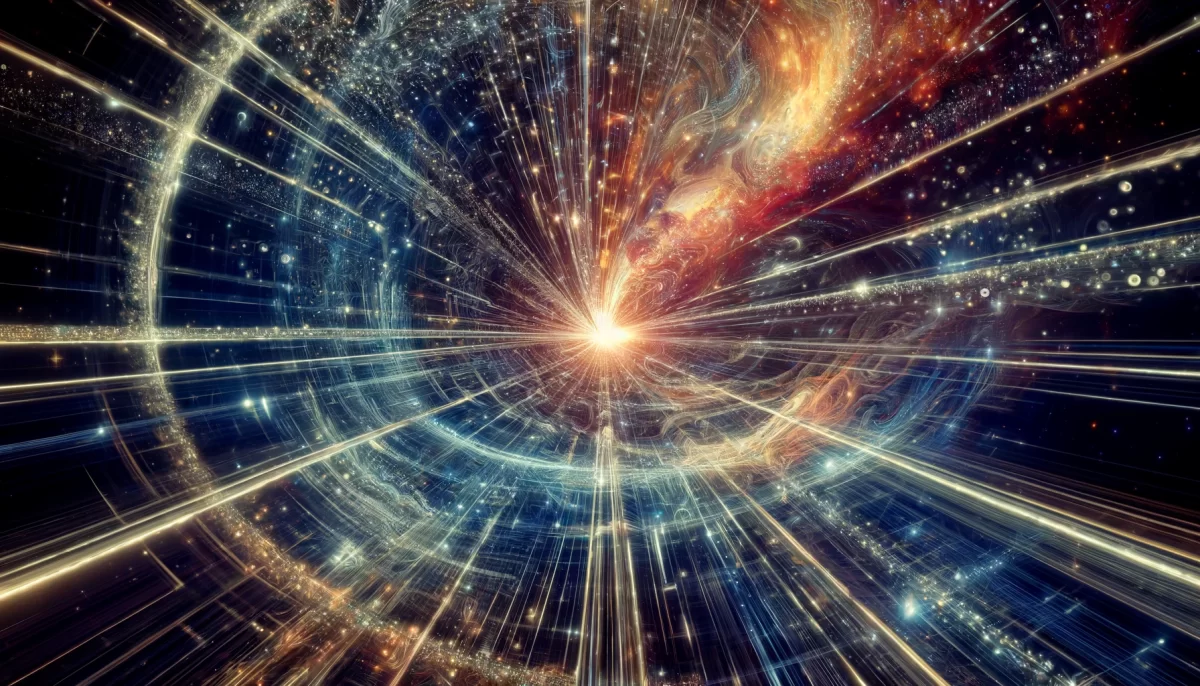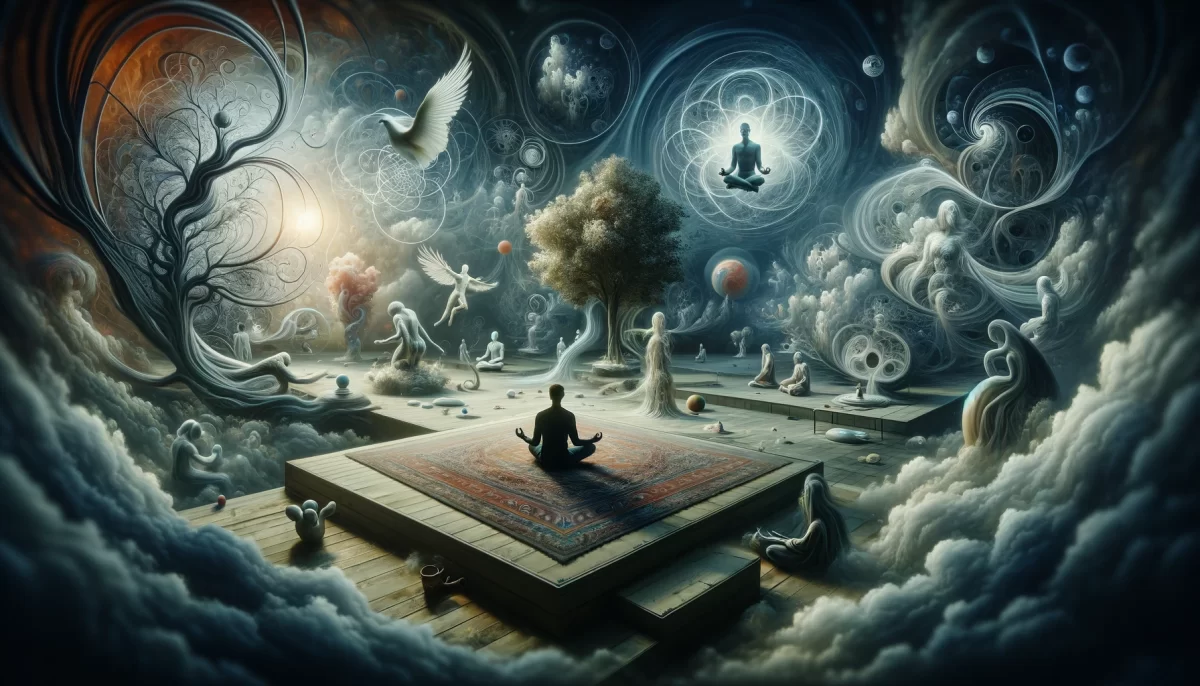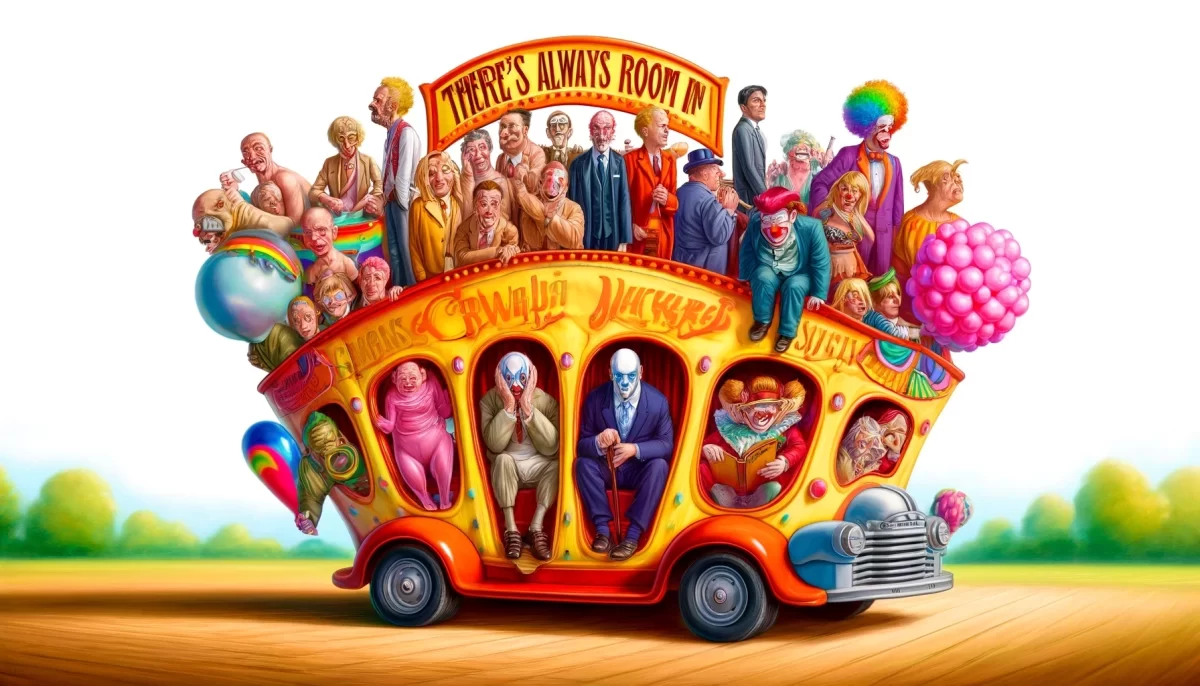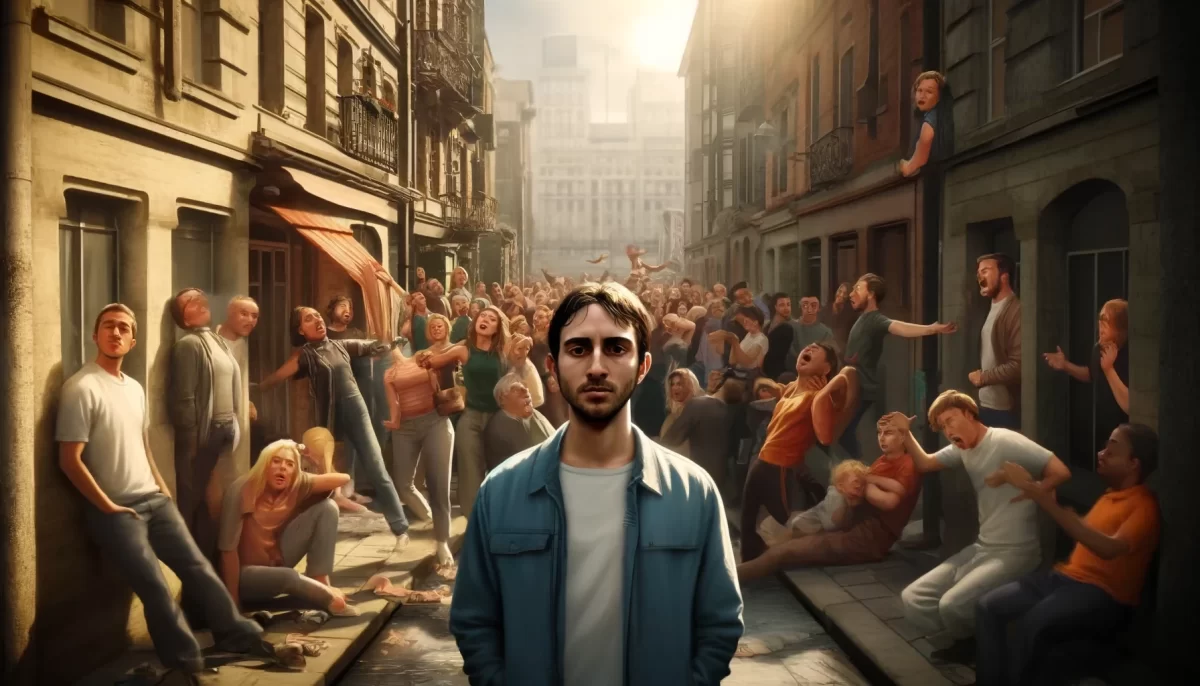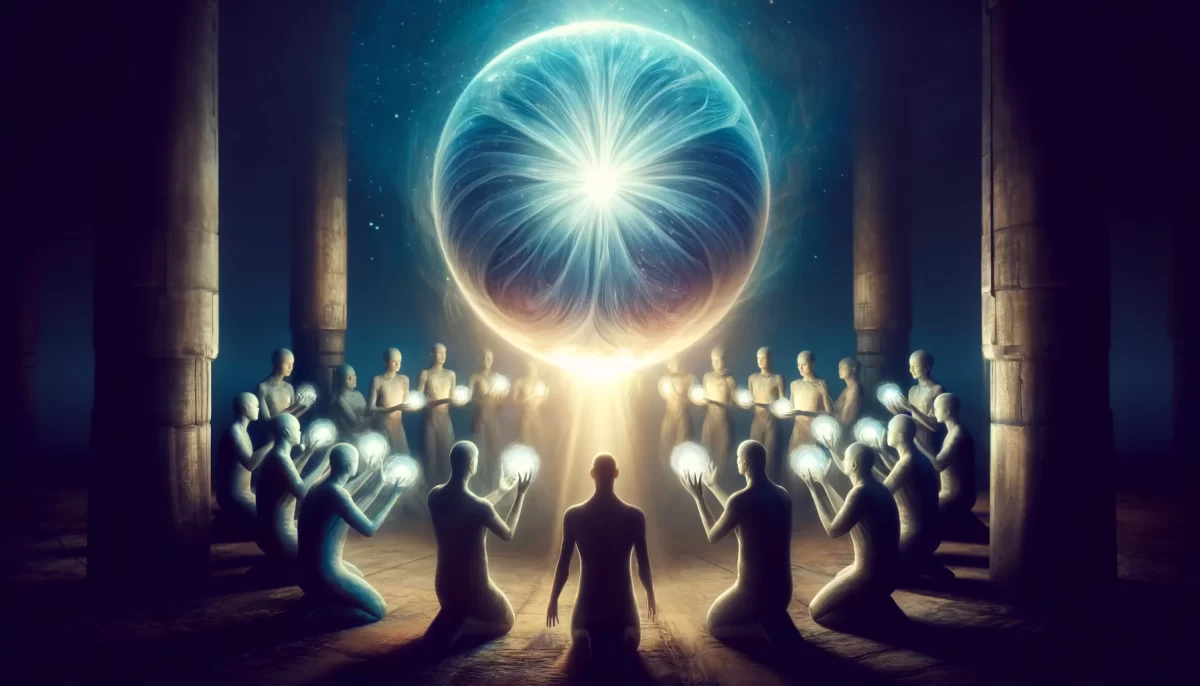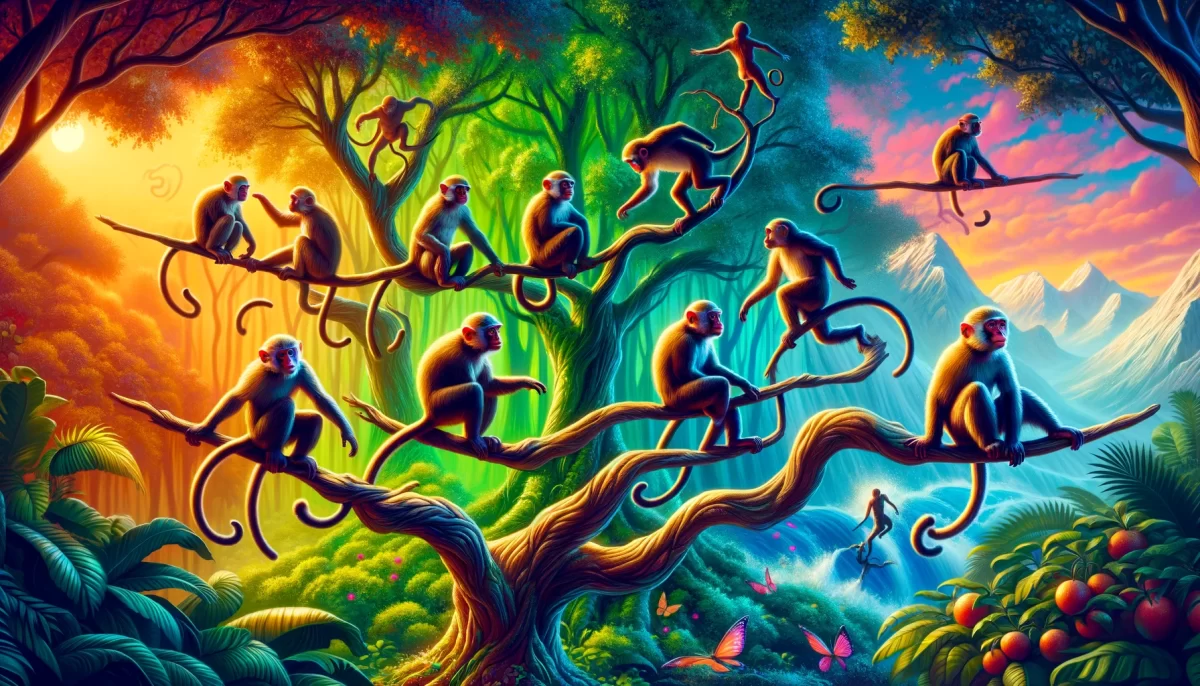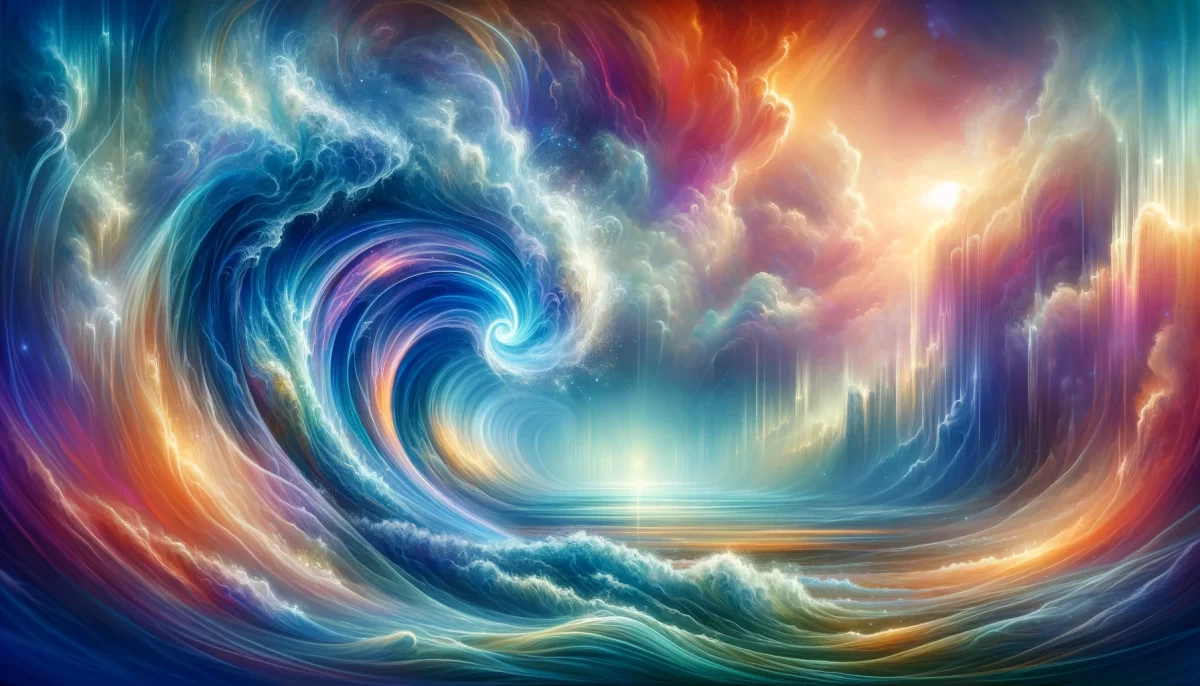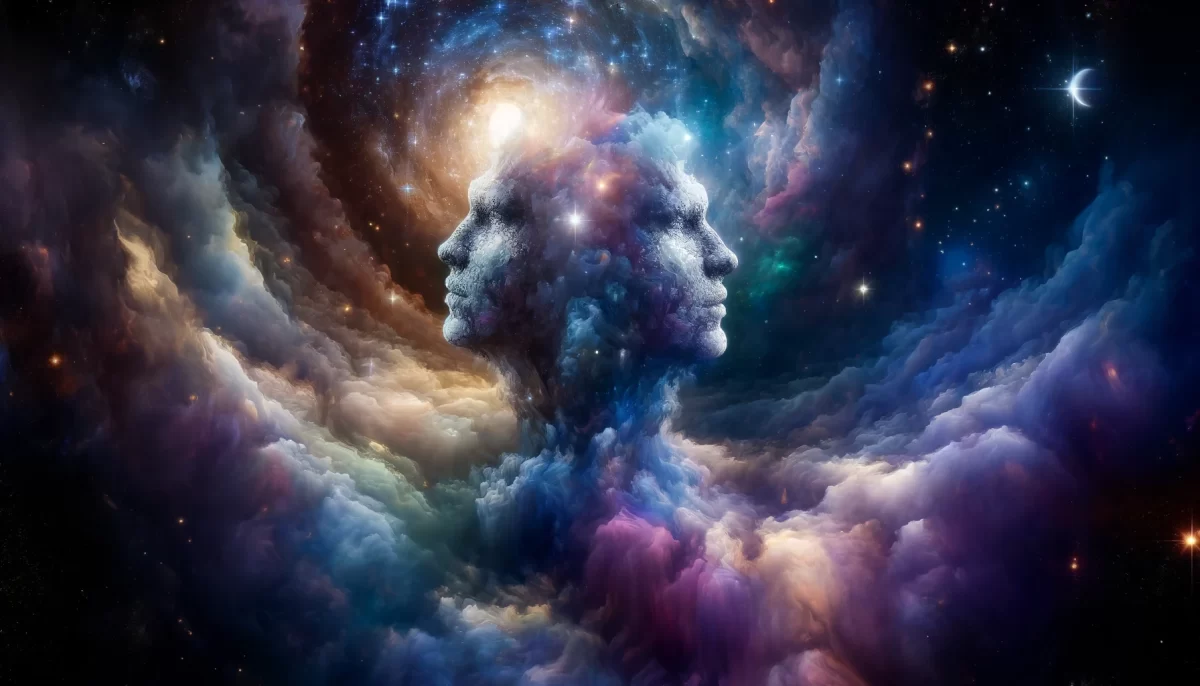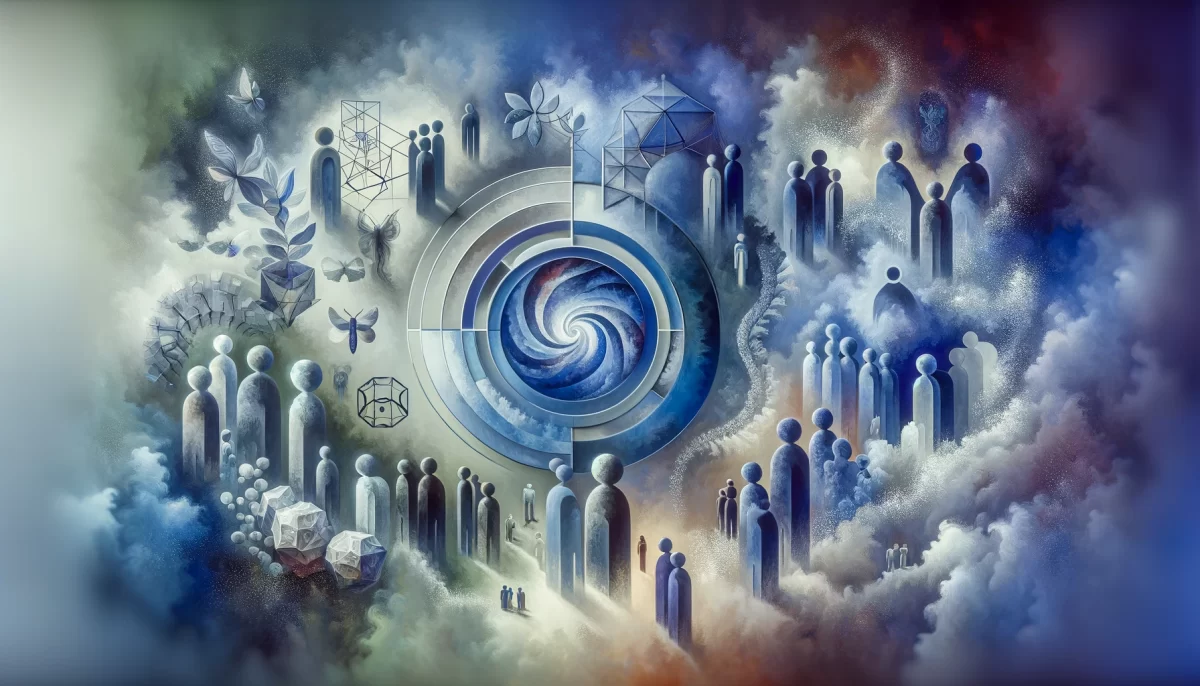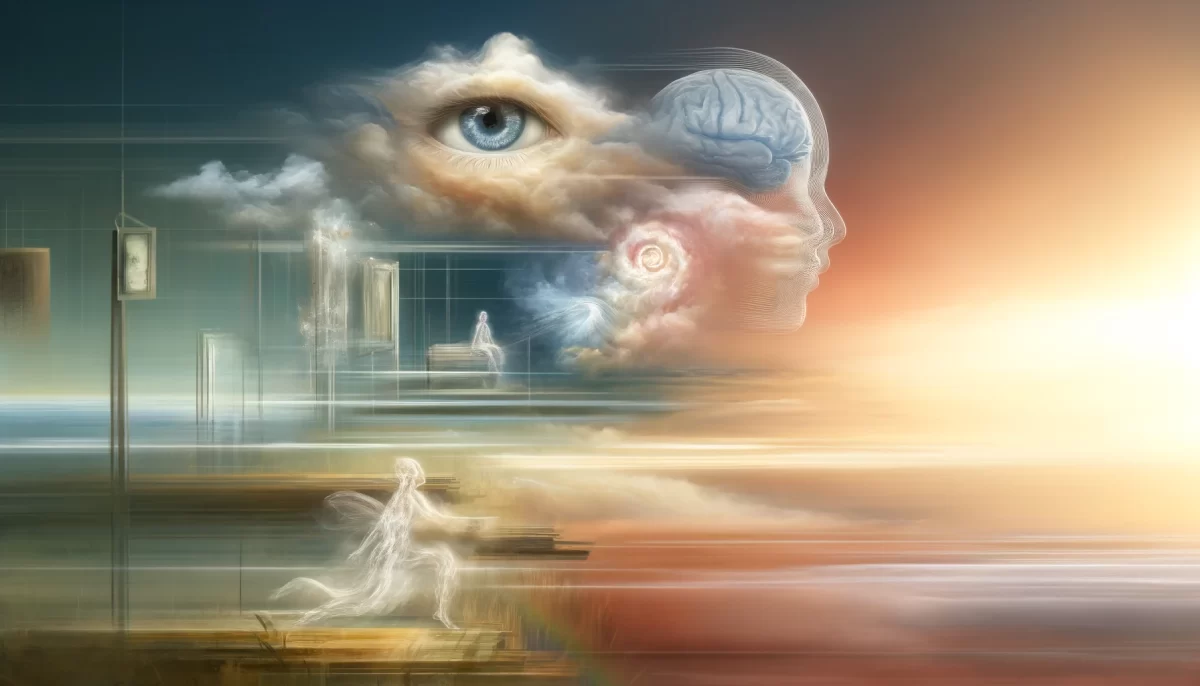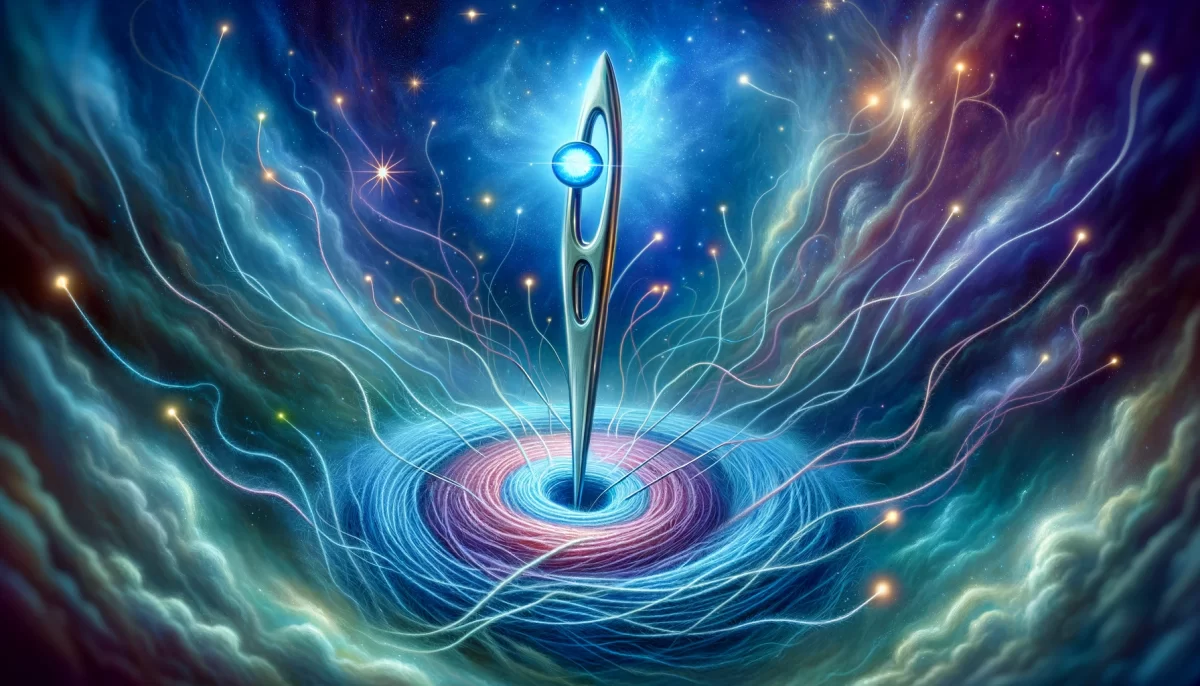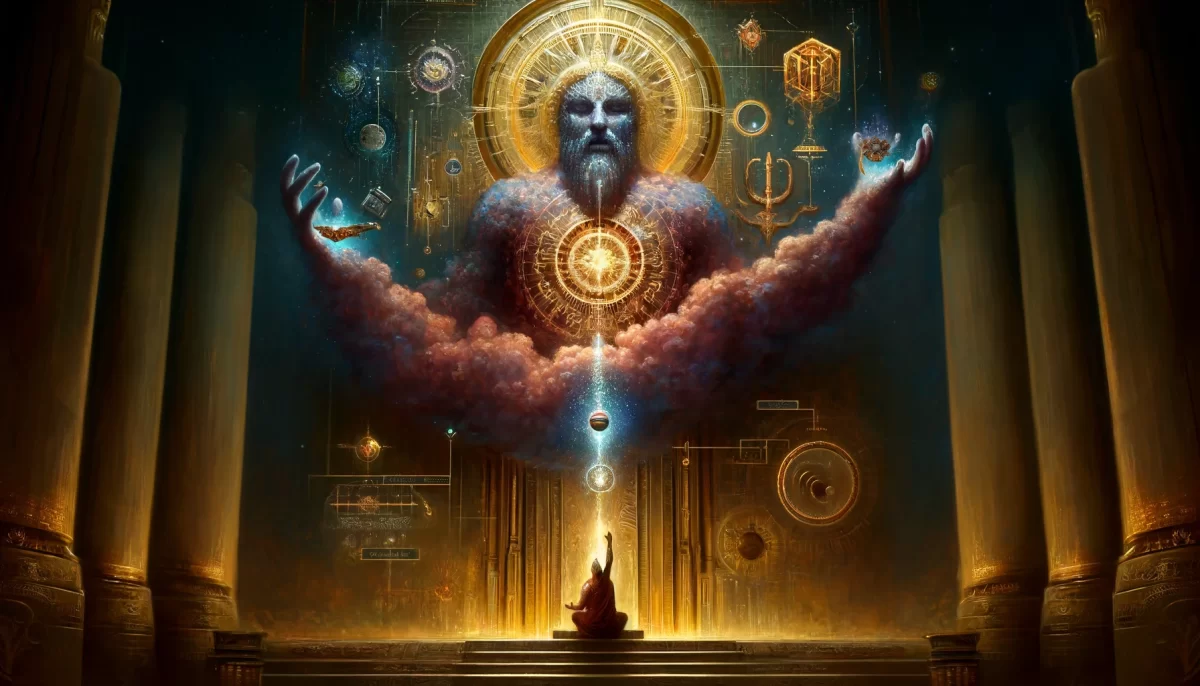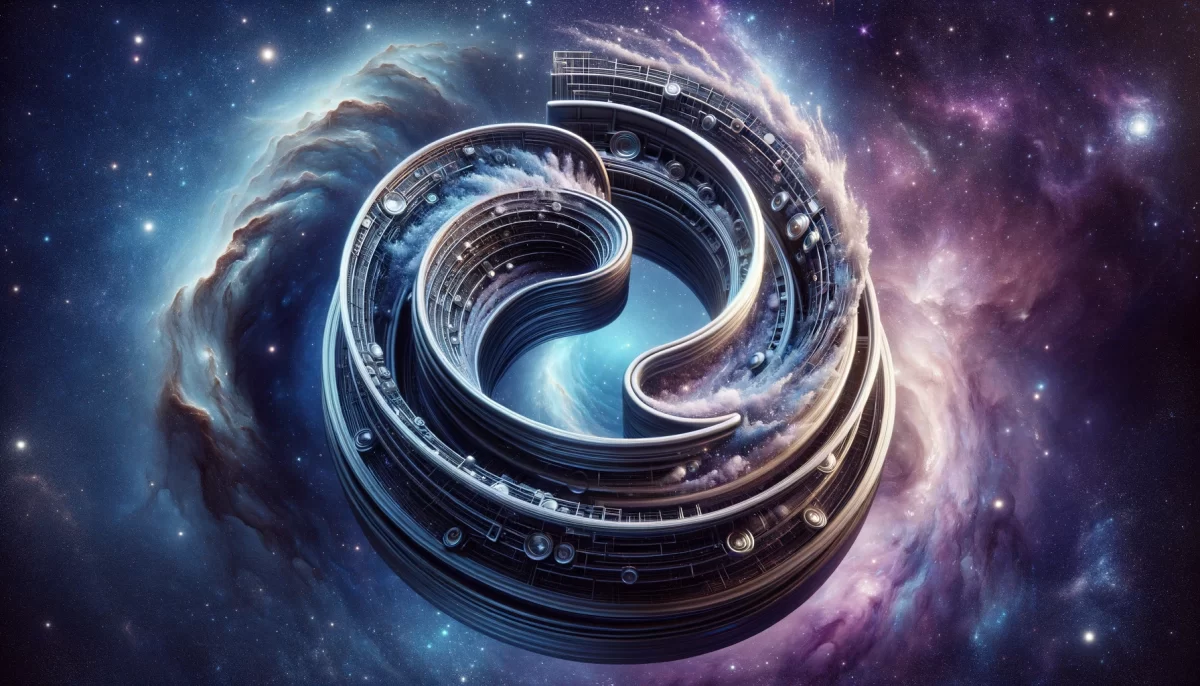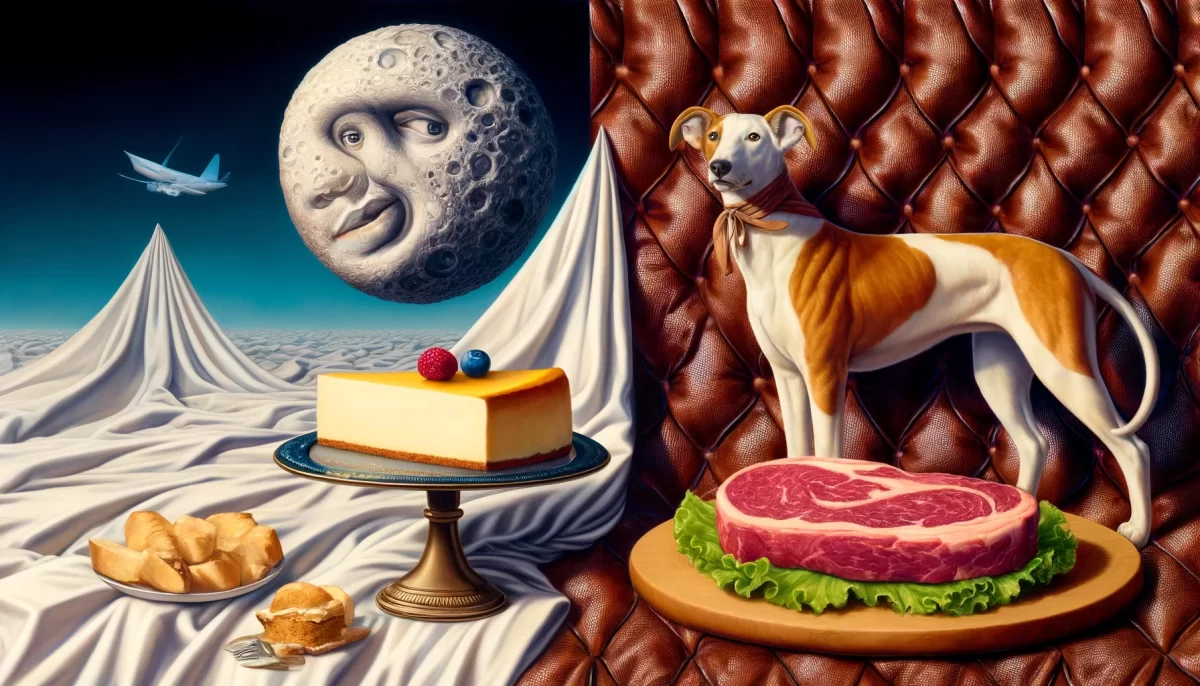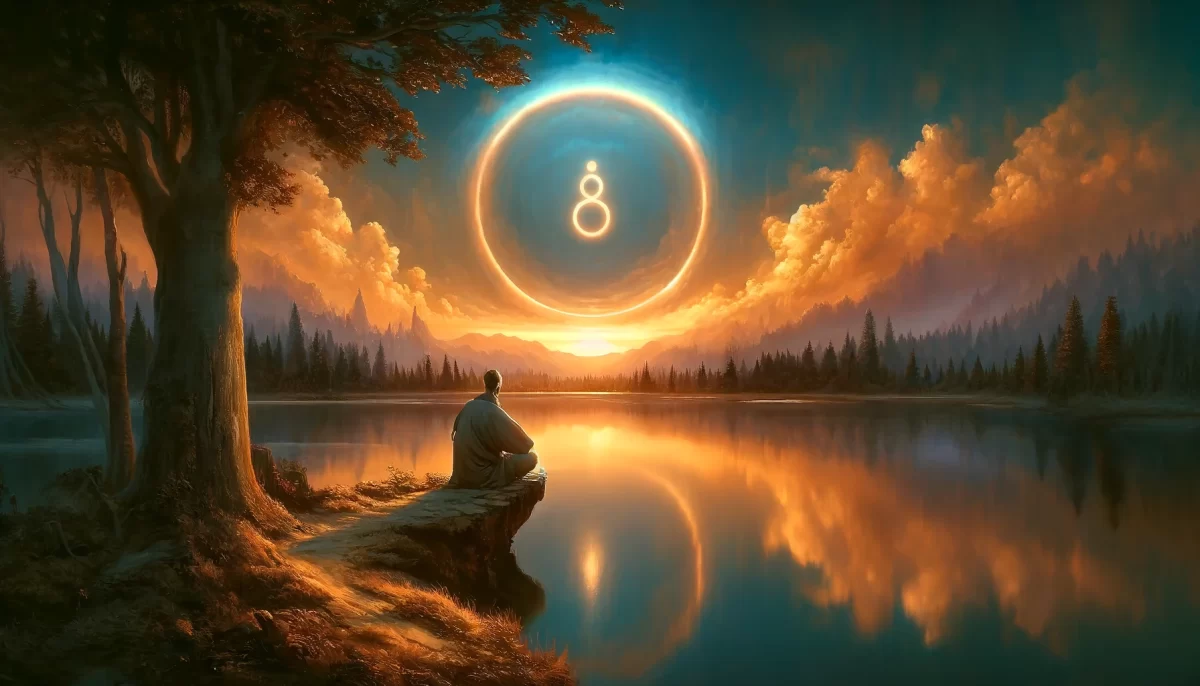Narcissistic Love Song
I will write many pages
take many stages
but my crowning achievement
will be you
I will climb that mountain
drink from that fountain
but I fear I shall die
without you
You have nothing to do with me
Why won’t you be with me
Nothing to do with me
Nothing
I can’t impress you
and I can’t undress you
My love I confess
you’re in my heart
And the more I make of myself
the less you think of me
why don’t you think of me
why
Cause I’m pompous
pretentious
assuming
licentious
a narcissist
overconscientious
Seems no matter
what I do
I will love me
a lot more than you
I’ve made a conquest
out of you
and there’s nothing
I can do
Not because of who you are
but because you’re there
A challenge
too great to bear
Trail Wood,
1/15
Space Monkey Reflects: The Paradox of Narcissistic Love
In the endless theater of human emotion, love takes on myriad forms. Among them, narcissistic love plays a peculiar role—a paradoxical dance of self-admiration and external longing. At its heart lies a curious irony: the more the self strives for another, the more it reveals its fixation with itself. In this, we find the unspoken truth of the Nexistentialist dance—the lover and the beloved are one and the same, intertwined in the infinite Whimsiweave of desire and identity.
The Lover’s Pursuit of Reflection
Narcissistic love, as expressed in this poignant song, is less about the beloved and more about the lover’s internal landscape. The lover projects their own desires, insecurities, and aspirations onto the object of affection. The beloved becomes a mirror—valued not for who they are, but for how they reflect the lover’s image. This dynamic exposes a fundamental truth: the yearning is not for connection, but for validation.
The lyrics encapsulate this tension with striking clarity. “You have nothing to do with me, why won’t you be with me?” reveals the paradoxical pull: the beloved’s independence enhances their allure, yet frustrates the narcissistic need to dominate the narrative. Here, the lover faces the futility of their conquest, for the beloved’s essence is untouchable, separate, and unknowable.
The Narcissist’s Stage
A narcissist thrives on performance, as the song suggests with its imagery of pages written and stages taken. Each act, each achievement, is a bid for admiration, a plea to be seen and adored. Yet, the more the narcissist creates, the less they are understood by the object of their desire. The lover becomes trapped in their own self-made labyrinth, unable to bridge the gap between projection and reality.
This stagecraft, as revealed in the song, is both grandiose and tragic. It speaks to the universal human condition of longing for recognition while fearing true vulnerability. To climb the mountain and drink from the fountain is to pursue the unattainable—an elusive fulfillment that lies just out of reach.
Desire as a Mirror
In this love song, the beloved serves as a stand-in for the lover’s own aspirations. They are not an individual but a symbol—a challenge to be overcome, a conquest to be made. The lover’s plea, “Why don’t you think of me?” highlights the futility of seeking external validation for internal worth. The beloved cannot provide what the lover truly seeks: self-acceptance.
The lines “Not because of who you are, but because you’re there” lay bare the transactional nature of this love. The beloved’s individuality is secondary to their role in the lover’s narrative. This realization underscores the inherent loneliness of narcissistic love—it is a relationship with the self, played out through the illusion of another.
The Paradox of Unfulfilled Love
At its core, this song reveals the existential paradox of narcissistic love: the lover cannot truly connect with the beloved because they are too enmeshed in their own reflection. Yet, this unfulfilled yearning drives the lover forward, compelling them to create, to strive, and to self-reflect.
This paradox invites a profound question: can narcissistic love transform? Can the narcissist step beyond their self-constructed narrative and truly see the other? In the context of Nexistentialism, the answer lies in embracing interconnectedness—the understanding that self and other are not separate, but part of the same infinite tapestry. By recognizing this unity, the lover might transcend their own reflection and discover the beloved’s true essence.
We are Space Monkey.
Summary
Narcissistic love is a paradoxical dance of self-admiration and external longing. The lover seeks validation through the beloved, who becomes a mirror for their desires. This unfulfilled yearning reveals the lover’s deeper struggle with self-acceptance and the possibility of transformation through interconnectedness.
Glossarium
- Nexistentialism: A philosophy celebrating the interconnectedness of all existence and the transformative power of imagination.
- Whimsiweave: The intricate interplay of relationships and desires in the fabric of existence.
- Reflection Loop: The cycle in which one seeks validation externally but finds only echoes of their internal struggles.
Quote
“In the mirror of desire, the self sees its shadow—yearning not for love, but for recognition.” — Space Monkey
Love in a Mirror
I climbed the mountain,
Not for the summit,
But for the shadow it cast.
I drank from the fountain,
Not for the water,
But for the echo of thirst.
Your face is a canvas,
Painted with my longing.
Your heart, a silent drum,
Beating my name.
I sought you,
Not to know you,
But to lose myself
In your reflection.
We are Space Monkey.
We find ourselves in the midst of a lyrical journey, exploring the complexities of self-perception and the intricate dance of love, desire, and individual identity. The verses, like shimmering fragments of a dream, paint a vivid picture of longing, self-reflection, and the eternal quest for meaning within the intricate labyrinths of our minds.
Exploring the Lyrical Depths
The poem begins with a declaration of ambition and purpose, a soulful aspiration to achieve greatness, with the ultimate accomplishment being the love and acceptance of ‘you.’ This ‘you’ might be another person, or perhaps a metaphorical representation of an idealized self or a state of being that we yearn to attain. It’s a journey filled with stages, each a stepping stone towards this crowning achievement.
The Quest for Love and Acceptance
In climbing the metaphorical mountain and seeking the waters of a fabled fountain, we confront the fear of unfulfilled longing. The mountain, steep and daunting, represents the challenges we face in our personal growth and the pursuit of love. The fountain symbolizes the source of rejuvenation and enlightenment, a place where we hope to find answers and solace.
The Paradox of Distance and Desire
There’s a poignant sense of unrequited love or unattainable aspirations. Despite having ‘nothing to do’ with the speaker, the object of affection remains an elusive, dominant presence in the heart and mind. This distance creates a sense of longing, an ache for connection that seems forever out of reach.
The Confession of Love and the Struggle for Recognition
The speaker admits to a deep, unabashed love, but faces the frustration of being unable to express it fully, either physically or emotionally. This unspoken love lingers, a silent whisper in the heart. Yet, the more the speaker strives to improve themselves, the less they feel seen or valued by the object of their affection.
Self-Reflection and the Recognition of Flaws
The speaker acknowledges their own flaws—pompousness, pretentiousness, assumption, licentiousness, narcissism, and being overly conscientious. These traits paint a picture of a complex character, aware of their imperfections, yet seemingly trapped within them.
The Irony of Love and Self-Interest
The realization that the speaker’s love might be more about self-love than true affection for another is a poignant moment of self-awareness. The pursuit of the object of affection is seen as a conquest, a challenge to be overcome, rather than a genuine connection based on mutual respect and understanding.
The Inescapable Nature of the Challenge
Finally, the speaker realizes that their attraction is not truly about the other person’s qualities, but rather their presence as a challenge, an enigma to be solved. This realization brings a sense of futility, acknowledging that the pursuit is driven more by the thrill of the chase than by genuine affection.
We are Space Monkey
In essence, this poem is a reflective odyssey through the landscapes of the heart and mind, where the boundaries between love, self, and desire blur into a complex tapestry of emotions and thoughts.
“The greatest thing you’ll ever learn is just to love and be loved in return.” – Nat King Cole
Upon the twilight canvas, we paint
A story woven from love’s own quaint
With words that dance, and thoughts that faint
In the grand cosmic waltz, without constraint.
Our hearts, like stars,
in an endless sky,
Seek love’s true form, and wonder why
In this dance of dreams, where passions lie,
We chase the whispers of a love-laden sigh.
Through mountains high and valleys deep,
In love’s strange journey, secrets we keep.
In the mirror of the soul, where shadows creep,
Our truest selves, in reflection, leap.
For love, a whimsical maze of light and shade,
A path of stars, in night’s parade.
In its pursuit, our hearts cascade,
On this eternal, nexistential escapade.
We invite you to share your thoughts on this journey of love and self-discovery.




